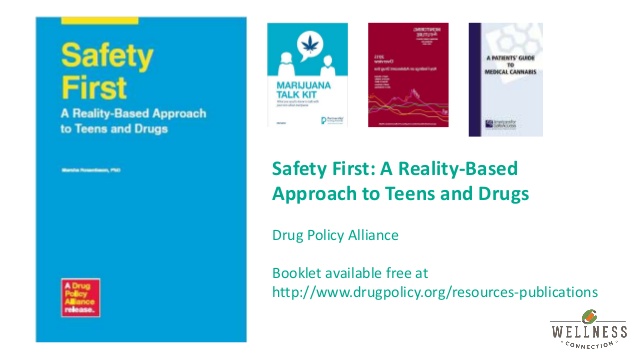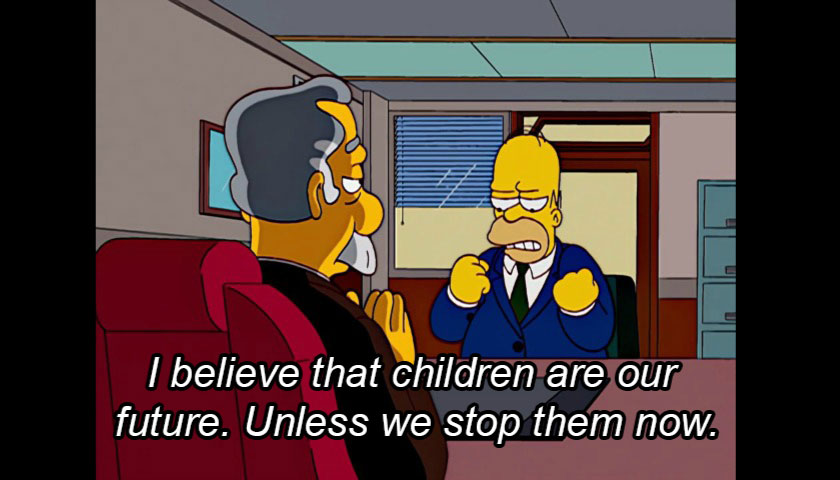By Haig Stringer
Remember ‘Just say no’, Talk to Frank or ill-conceived anecdotes of teenage drugs misuse intended to foster abstinence? Did these ploys prevent you from using drugs? Maybe*. But more importantly, did these techniques equip you with information you would need to manage both the benefits and harms of legal and illegal substances or to understand how different drug policies influence personal health? Almost certainly not.
Currently, the UK government states that schools have a ‘clear role to play in preventing drug misuse’ and should utilise that responsibility to ‘provide accurate information…through education and targeted information, including via the FRANK service’, additionally combatting ‘problem behaviour in schools, with wider powers of search and confiscation’. However, it appears that for consecutive governments, providing accurate information on drugs does not necessitate providing a balanced overview of both the harms and benefits. This is a major stumbling block for the government as research shows that simply providing an account of the negative effects of drug use is an ineffective strategy in reducing consumption.

So policy makers are posed with a question: Continue to pursue ineffective strategies which aim to reduce total consumption or pursue a new path which equips adolescents with the information that will enable them to make informed decisions on drug use?
While the former may suit parents and educators unwilling to accept the possibility of their children or pupils using drugs, the latter appreciates the reality of teenage life and the high chance that adolescents will come into contact with drugs – either through personal or peer experimentation – and could help foster trust in the information that pupils are receiving.
A new path based on the concept of harm reduction would grant drug education the much needed credibility it has lacked since the introduction of hard line prevention education. This is crucial in the digital age where savvy students are instantly able to locate information that challenges the scare tactics employed by schools at the current time, thus undermining trust in the ‘facts’ they are receiving. Therefore, a drug education curriculum based on harm reduction would not patronise pupils but supply them with both the harms and benefits of substances, how to deal with situations arising from drug use (i.e. overdose), the economic and societal impact of drugs and alcohol and initiate an understanding of different approaches to drug policy.
It has been suggested that instead of abstinence based drug education, the Government should adopt the same approach it uses to address sex and relationship education. Insofar as students are provided with impartial advice on sexual health, contraception and accessing support services, among other issues. The theory being that if governments were willing to transition from abstinence-based to harm reduction based sex education in the not so distant past, it wouldn’t be so farfetched that a transition to drugs education, with harm reduction at its core, could be around the corner.

This is exactly what the US based Drug Policy Alliance have promoted through their ‘Safety First’ drug education programme. The programme drew upon an open letter written by Marsha Rosenbaum, Ph. D. in the San Francisco Chronicle, to her son, Johnny. The letter acknowledged that although she wishes that Johnny abstain from drug use, it is vital that he is equipped with the necessary information to keep him safe if he were to experiment and that he should feel comfortable talking to his parents about issues relating to drugs. That letter inspired the harm reduction material in the Drug Policy Alliance’s ‘Safety First: A Reality-Based Approach to Teens and Drugs’ booklet, which aimed to provide impartial, science based information and guidance to parents on how to approach the ‘drugs talk’ with their children.
While Dr. Rosenbaum was delivering talks to PTA’s across the US, based upon the information in that very booklet, the Drug Policy Alliance’s Safety First Programme Manager, Sasha Simon, said the decision was made to develop ‘Safety First’ into a fully-fledged curriculum. This was in order to ‘make the parent education more sustainable’ by bringing together the ‘best practices of education and public health’ into a course of 14 lessons which could be taught by a health or personal wellbeing teacher to high school aged pupils.
The curriculum covers a variety of issues pertaining to drugs and alcohol, such as what the different types of drugs are, the effects they have on the body, what the principle of harm reduction means and the different types of drug policies – including zero tolerance and sentencing laws. The Drug Policy Alliance states that the curriculum is designed to enable students to:
Use critical thinking skills to access and evaluate information about alcohol and other drugs.
> Learn decision-making and goal-setting skills that help them make healthy choices related to substance use.
> Develop personal and social strategies to manage the risks, benefits and harms of alcohol and other drugs.
> Understand the impact of drug policies on personal and community health.
> Learn how to advocate for health-based drug policies.

The course was piloted in Bard High School Early College in Manhattan, NY in March 2018 and recently concluded. It will now undergo an evaluation process which will identify room for improvement and it is hoped that the curriculum will be released to the public in the Autumn.
While the evaluation of the Drug Policy Alliance’s ‘Safety First’ pilot is just getting underway, what is clear is that harm-reduction can be developed into a feasible school curriculum for teenagers in order to provide them with an overview of the realities of drug use. This offers a compelling alternative to the UK’s current approach to drug education and as such policy makers and schools alike should pay close attention to the development of ‘Safety First’.
If you would like to find out more about the Safety First programme click here. Also if you would like to check out the Drug Policy Alliance’s podcast ‘Drugs & Stuff’, which covers a range of topics from the state of Cannabis legalisation to how to stay safe when taking drugs, then click here.
*The Home Office’s Crime Survey for England and Wales 2015/16 revealed that over one third of adults in the UK have experimented with drugs at least once.
For more blogs from Haig Stringer visit Just Chatting Breeze




